I have an AC/DC converter (220 to 24) inside an electrical cabinet. The 0VDC is referenced to earth, like this (couldn't find a symbol for an AC/DC converter in the schematic editor so I made a dirty sketch):
I've noticed there's a bit of noise on the output line:
I assume it's not coming from the AC input side because the converter should have a big capacitor there. I assume it would suppress all this high-frequency noise? So could the noise be coming from the earth connection?
If so, can the 0 still be referenced to earth, but without receiving all the noise from it? Would a ferrite bead help? I don't know if they make them for DIN rails, though.
Edit:
The voltage between the cabinet chasis and 0 output of the converter produced the same image. Measuring between two small bus bars for zero and earth created a different image though:


